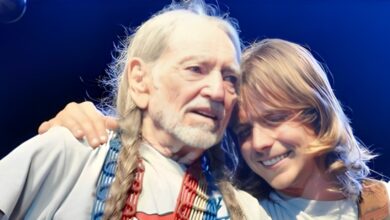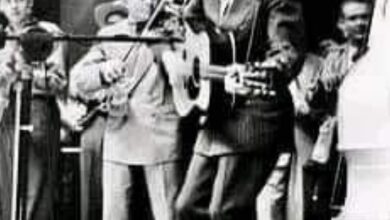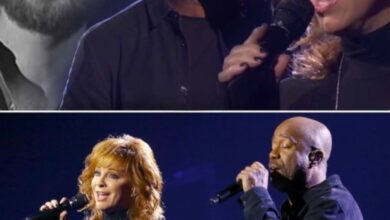This Is One Of His Best Performances Of The Song At An Awards Ceremony And He Totally Nails It
“Hello Darlin'” is widely recognized as one of Conway Twitty’s most enduring and iconic songs. Released in 1970, it marked a significant milestone in Twitty’s career, being his first number one hit on the country charts. The song quickly became one of his signature pieces, showcasing his exceptional talent as a storyteller and vocalist in the country music genre.
The song’s composition is a classic example of traditional country music, featuring a straightforward melody that complements its emotionally charged lyrics. The melody, while simple, is crafted to enhance the lyrical narrative, allowing Twitty’s heartfelt delivery to shine through. The lyrics poignantly address themes of lost love and regret, which are central to the song’s enduring appeal. This thematic resonance has contributed to its lasting popularity among country music fans.
The narrative of “Hello Darlin'” unfolds with Twitty addressing his former lover with a sense of both nostalgia and sorrow. He begins by expressing his pleasure at encountering her again after a lengthy separation. Twitty’s greeting, coupled with his observation that she remains as lovely as ever, sets a tone of wistful reflection. The song’s lyrics then shift to inquire about her new romantic situation, indicating a genuine hope that she has found happiness.
As the song progresses, Twitty reveals his own emotional turmoil, confessing that he is struggling with sleepless nights and persistent sorrow. This candid admission of his own suffering adds a layer of depth to the song, highlighting the personal nature of his regret and longing. The rawness of his emotion is conveyed through his vocal performance, which is both powerful and vulnerable.
Twitty’s apology to his former lover is a central element of the song. He expresses remorse for his past behavior, acknowledging the hurt he may have caused. His admission of love and longing further emphasizes his regret, creating a poignant contrast between his current state of unhappiness and the warmth of their past relationship. This contrast is a key factor in the song’s emotional impact, resonating with listeners who have experienced similar feelings of regret and nostalgia.
The plea for one last kiss and embrace encapsulates the song’s theme of yearning for a past that can never be fully reclaimed. This final request serves as a powerful symbol of Twitty’s desire to recapture a fleeting moment of affection and connection. The simplicity of this request, combined with the song’s overall emotional weight, makes it a moving and memorable conclusion.
Over the decades, “Hello Darlin'” has maintained its status as a classic country song, thanks to its relatable themes and timeless melody. Its influence extends beyond Twitty’s own career, as it has been covered by numerous artists across various genres. Each rendition of the song brings a new interpretation, but the core emotional resonance remains consistent, demonstrating the song’s versatility and enduring appeal.
Conway Twitty’s career is marked by a series of successful hits and influential contributions to country music. Born Harold Lloyd Jenkins in 1933, Twitty began his musical journey in the 1950s, initially gaining fame as a rock and roll artist before transitioning to country music. His deep, smooth voice and ability to convey emotion through his music earned him widespread acclaim and a dedicated fan base. Over his career, Twitty amassed numerous chart-topping hits and became a prominent figure in the genre.
The impact of “Hello Darlin'” on Twitty’s career cannot be overstated. It solidified his reputation as a leading figure in country music and demonstrated his skill in crafting songs that resonate deeply with listeners. The song’s success also paved the way for future hits and helped establish Twitty as one of the genre’s most influential artists.
The legacy of “Hello Darlin'” endures through its continued popularity and its role in shaping the landscape of country music. It remains a quintessential example of the genre’s ability to express complex emotions through simple, yet powerful, musical elements. As such, the song continues to be celebrated by fans and artists alike, affirming its place in the pantheon of country music classics.





